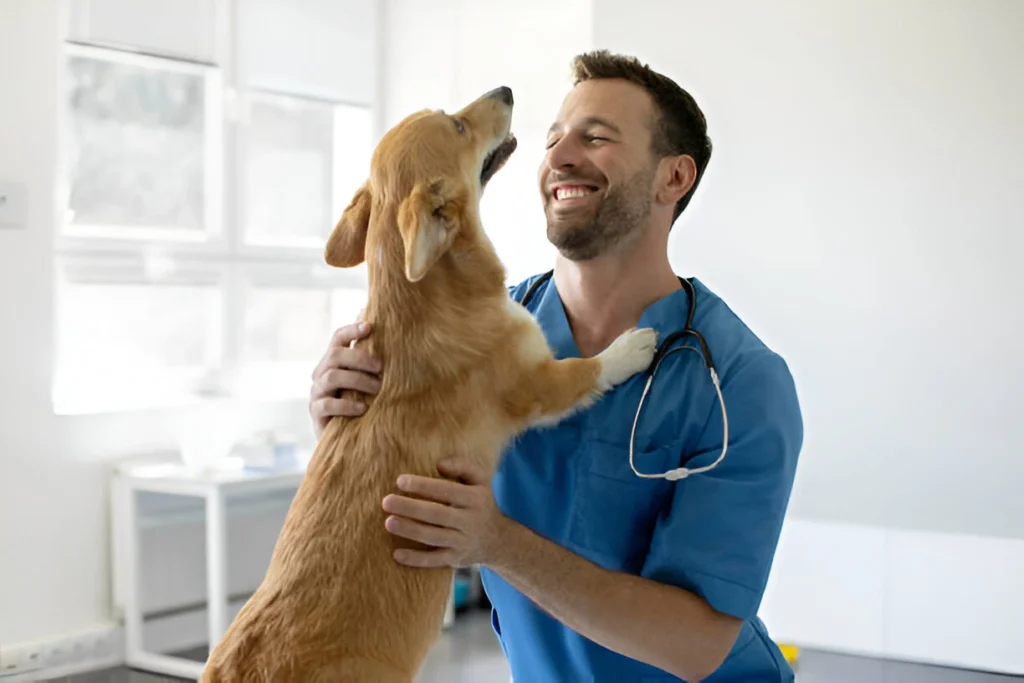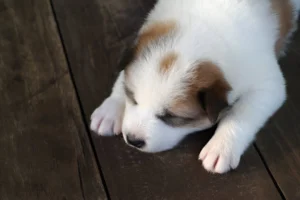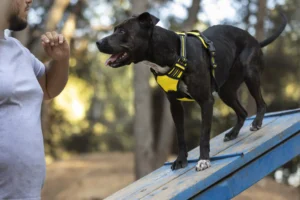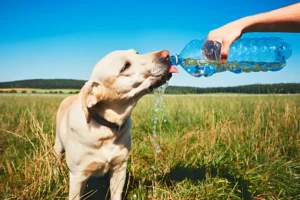How Long Can Dogs Go Without Food? A Complete Guide for Pet Owners

Dogs are a cherished part of our lives, and their well-being is always a priority. When your dog stops eating, it can be worrying. Understanding the reasons behind their loss of appetite and the risks involved is crucial. This guide explains why dogs may refuse food, how long can dogs go without food, and what steps you can take to help.
How Long Can Dogs go Without Food
Dogs are generally eager eaters, so a sudden loss of appetite often indicates something unusual. Various medical, environmental, or behavioral reasons may explain this change.
Common Reasons for Appetite Loss in Dogs
Health Problems
Medical issues are a leading cause when dogs refuse food. Illnesses like gastrointestinal disorders, dental pain, or kidney disease may make eating difficult. If your dog also exhibits vomiting, diarrhea, or lethargy, visit a veterinarian immediately.
Stress or Anxiety
Environmental changes like moving to a new home, a new pet’s arrival, or an altered routine can stress dogs. This stress often leads to reduced food intake.

Changes in Diet or Environment
A sudden switch in dog food or altered feeding times can disrupt your dog’s eating habits. Dogs often need time to adapt to new tastes and textures.
Behavioral Causes of Not Eating
Picky Eating Habits
Frequent feeding of table scraps or treats can lead to selective eating. Over time, dogs may reject regular food in favor of these alternatives.
Negative Associations with Food
If eating caused discomfort or sickness in the past, dogs might develop negative associations with food. This could discourage them from eating altogether.
How Long Can Dogs Go Without Food?
Understanding how long can dogs go without food helps pet owners determine when intervention is necessary.
Average Timeframe
Healthy adult dogs can typically survive without food for 3–5 days. While this is an estimate, prolonged fasting should never be ignored as it can lead to serious health issues.
Factors That Influence Survival
Size and Breed
Smaller dogs and toy breeds, with faster metabolisms, are less equipped to handle prolonged fasting. Larger breeds may endure slightly longer but are not immune to the effects of starvation.
Age and Overall, Health
Puppies, senior dogs, and those with pre-existing health conditions are at higher risk. Their nutritional needs and weaker systems make fasting more dangerous for them.
Hydration Levels
Hydration is critical. While dogs might survive several days without food, dehydration can occur within 24–72 hours. Always ensure your dog has access to fresh water.

The Role of Water in a Dog’s Survival
Why Hydration Is More Crucial Than Food
Water supports essential functions like digestion and temperature regulation. A lack of hydration poses a more immediate threat than food deprivation.
Signs of Dehydration in Dogs
Dry gums, sunken eyes, and lethargy are common signs of dehydration. A simple skin elasticity test can indicate hydration levels. If the skin on your dog’s neck doesn’t spring back quickly when pulled, dehydration is likely.
Risks Associated with Prolonged Fasting in Dogs
Prolonged fasting carries serious risks for dogs, even if they appear healthy initially.
Malnutrition and Weakness
Lack of nutrition quickly depletes a dog’s energy reserves, leading to muscle loss and reduced activity levels.
Organ Failure
The liver and kidneys are especially vulnerable to damage during extended fasting. Without proper nutrients, their function can deteriorate rapidly.
Behavioral Changes Due to Hunger
Prolonged hunger may lead to irritability, aggression, or extreme lethargy as dogs struggle to conserve energy.
What to Do If Your Dog Stops Eating
Addressing a dog’s lack of appetite quickly is essential to prevent complications.
Initial Steps to Encourage Eating
Offer Fresh and Appealing Food
Try enhancing the food’s aroma by warming it slightly or adding low-sodium chicken broth. A small change in flavour can stimulate their appetite.
Check for Stressors
Identify environmental changes that may be causing stress. A quiet, calm feeding area can encourage your dog to eat.
When to Consult a Veterinarian
Warning Signs to Look For
If your dog hasn’t eaten in 24 hours and shows symptoms like vomiting, diarrhea, or pain while eating, consult a veterinarian.
Diagnosis and Treatment Options
Veterinarians may perform tests like X-rays or blood work to find the cause. Treatment might include dietary adjustments, medication, or surgery, depending on the issue.

Tips for Maintaining a Dog’s Appetite
Preventing appetite loss is often easier than treating it.
Feeding Routine and Environment
Keep feeding times and locations consistent. Dogs thrive on routine, and a calm environment encourages them to eat without distractions.
Dietary Considerations
Invest in high-quality dog food tailored to your pet’s specific needs. Consult your veterinarian regularly to ensure your dog’s diet aligns with their age, breed, and health conditions.
Myths About Dogs and Fasting
There are many misconceptions about how long can dogs go without food. While short-term fasting under veterinary guidance may be beneficial in certain situations, prolonged fasting is dangerous. Avoid relying on outdated advice that could harm your pet.
Conclusion
Understanding how long can dogs go without food is vital for every pet owner. While a healthy adult dog might survive a few days without eating, it is not safe to let a loss of appetite go unchecked. Prolonged fasting can lead to serious health complications, including malnutrition, organ failure, and behavioural changes. Acting quickly to address the issue, identifying potential causes, and consulting a veterinarian, when necessary, can help safeguard your dog’s well-being. Prioritizing a consistent feeding routine, a stress-free environment, and a high-quality diet ensures your furry companion stays healthy and happy.





